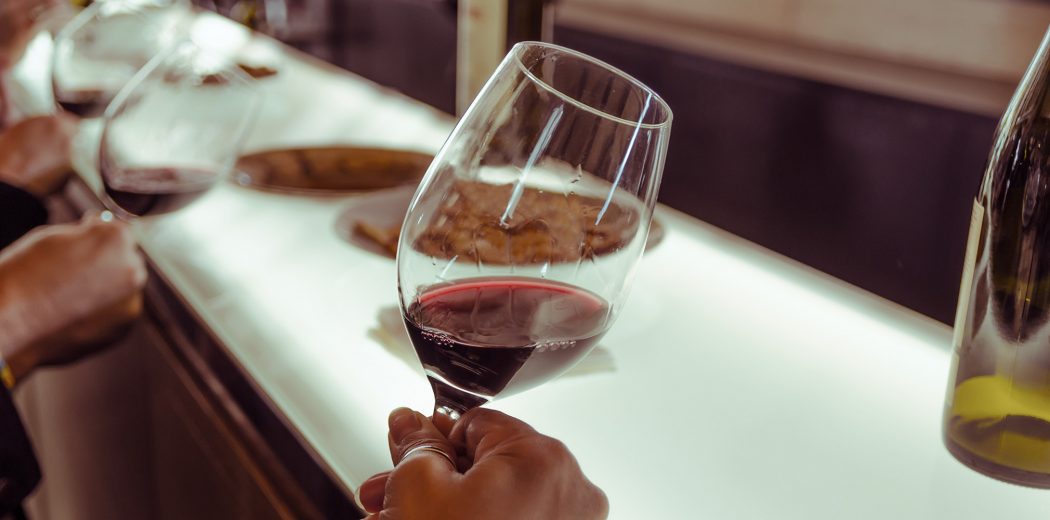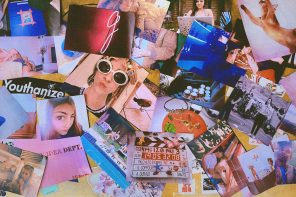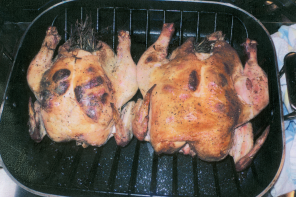Wine-wise, there is no better time to be alive. At least, that’s what Paul Grieco believes. Listen to the general AND manager of New York’s Terroir wine bar discuss the wealth of underdog regions and varietals, and you’ll start to believe it, too. The world of wine is vast, never placid, teeming with history, culture, and future trends, but according to Paul, there is no better time to enter it.
We chatted with some of today’s brightest wine minds about how to do as the sommeliers do, discover new vinos and new knowledge, impress your friends at your next wine and cheese night — all without breaking your budget.
What tips do you have for picking out good, affordable wines?
Paul: Whatever your budget, quadruple it. Walk into your local wine store. Put your money down on the counter, look at the salesperson, and say, “Listen. You don’t know me, but for whatever reason, I’m going to trust you. I need you to take me on a journey. Here are two to three wines I’ve had in the past” — be as specific as you can — “that I have enjoyed. I’m giving you the freedom and challenge to select four wines that are similar in style to these but completely different.” Never, ever drink the same wine twice.
Petra Polakovicova, Wine Director at San Francisco’s Epic Steak: The number one mistake I see is that people are intimidated to talk to a wine specialist. It’s okay not to know something, because it’s our job to know it.
Brandon Borcoman, Sommelier at New York’s Charlie Bird: Generally speaking, the off-the-beaten-path wine regions and varieties are smart picks. For example, parts of Burgundy that don’t achieve cult status [like] Pouilly-Fuissé.
Michael Ireland, Sommelier at San Francisco’s High Treason: Look to Vinho Verde, Beaujolais, Valtellina, Gamay from that no man’s land between Burgundy and the Rhone, Canary Islands, Long Island etc.
What’s your favorite wine of the moment?
Petra: Sparkling rosé from France. I took 50 days off from drinking, and it was the first wine I had after that. [Note: The specific bottle was Mas de Daumas Gassac, Languedoc, Rosé Frisant 2017]
Melissa Davis, Sommelier at Atlanta’s Staplehouse: This playful Chenin Blanc from Gen del Alma in the Mendoza Valley of Argentina. It’s great for the dog days of summer.
Brandon: Luis Rodriguez’s ‘A Torna Dos Pasás Escolma.’
What’s an underrated drink and food pairing?
Paul: Oysters and sweet wine. That match of salt and sweet and acid is insane and perfect.
Petra: Spicy Indian food with Shiraz.
Brandon: Old Riesling with residual sugar and monkfish liver.
Michael: Just had my mind blown Sunday: smoked bleu cheese and a peaty Scotch. Seriously, amazing!
What’s your favorite little-known wine fact?
Paul: There’s a conviction of Riesling that it’s always sweet, and that’s an utter lie. It’s no more inherently sweet than any other grape on the planet.
Petra: Not all boxed wine is bad. It depends on the product, and also depends on the packaging and quality of the bladder. Just don’t buy it from Safeway.
Melissa: The oldest grape vine in the world is over 400 years old and resides in a tiny town in Slovenia. The vine actually still produces grapes that are turned into wine!
Michael: There is no minimum alcohol level designed for Moscato d’Asti, but there is a maximum: 5.5 percent.
What is the best way to educate yourself about wine?
Paul: To forever be curious. To always ask questions. The vast majority of knowledge comes from sitting down, reading book after book, magazine article after magazine article. Drink a new wine once a week for 52 consecutive weeks, and your world will explode.
Petra: Social media. Follow people that you look up to or respect their palettes and see what they’re excited about these days.
Melissa: Drink it! Read about it! There isn’t a wine I won’t try, or research I won’t do to see if something is worth it. If it turns out to be a horrible mistake, it was absolutely worth the adventure.
What is the next big wine trend?
Petra: From the sommelier point of view in San Francisco, I would say smaller producers and lesser-known grape varieties.
Melissa: I see more and more incredible wines being produced in places that so many people never think to look. Virginia, New York, New Mexico, even Texas.
Michael: I’m excited about the state of the American wine drinker. For so long, the stigma surrounding alcohol coupled with our lack of a wine drinking cultural history seemed to limit the possibilities of what we could become. Recently, I feel like we’re embracing wine in a different way. We are a better culture with wine in our glass!
What is the most exciting part about working with wine?
Paul: For the Western man, wine has been involved with us every step of our journey across this planet. That I find to be thrilling. No other beverage can say that.
Melissa: It’s forgotten so many times that wines are the products of farmers. Sharing those stories with the world is the most exciting part of working with wine.
Brandon: The humanity behind it. Getting to know winemakers and hearing about their own personal stories makes for a life-long adventure.
Petra: Finding friends all over the world and learning from them. It’s not work. It’s a lifestyle.








